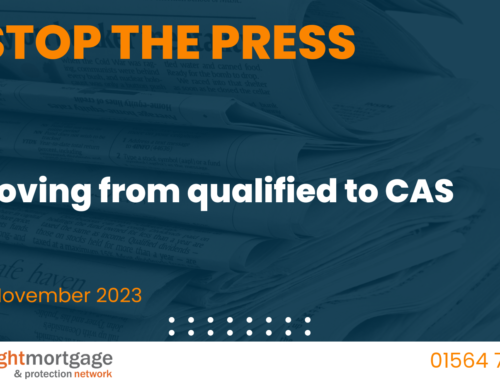Buy to Let (BTL) accounts for about a third of the Private Rental Sector (PRS). The role of the PRS and BTL are both fundamental to meet the requirements of our growing population who need flexibility in their living arrangements.
The recently announced changes to Stamp Duty Land Tax (SDLT) combined with the phased reduction in tax relief (and removal of the wear and tear allowance) will have a direct financial impact on both landlords and tenants. We expect the market to absorb these additional costs through a combination of increased rents, landlords adjusting their business models, and a reduction in net profits. Although we’ll likely see a small reduction in purchase activity from Q2, we don’t expect to see a drastic reduction, as 60% of BTL new business is remortgages.
HM Treasury look likely to grant powers of direction to the Financial Policy Committee (FPC) by Q2. These powers could reflect what has recently happened in the residential market. The FPC’s tools could see tightening of interest cover ratios (ICR) and a review maximum LTV limits. This could be individual lending limits, or as a percentage of lenders’ BTL books.
The number of BTL mortgage applications through a limited company tripled in September 2015 versus September 2014, but still remains relatively low. The SDLT consultation process suggests measures so that the increased rate will also apply to limited companies.
The BTL market has grown significantly over the past few years and we expect it to remain healthy this year, with growth slowing from 2017 as the phased reduction of tax relief begins. The market has matured in the last two years giving it a more stable base from which it can adapt to the planned change and uncertainty ahead.




